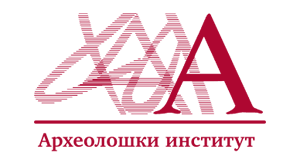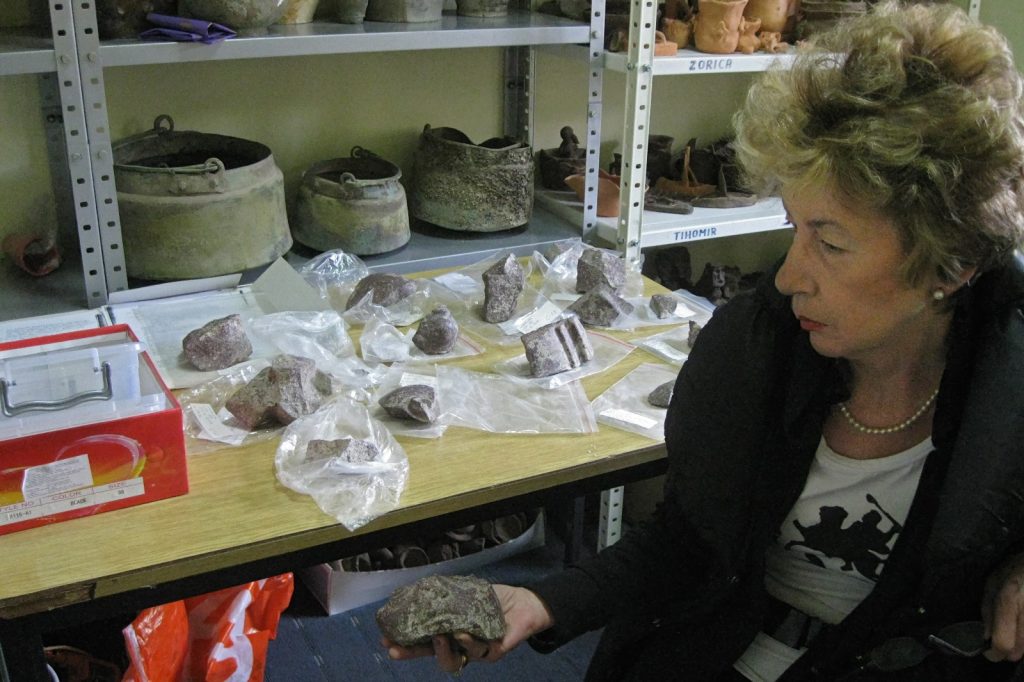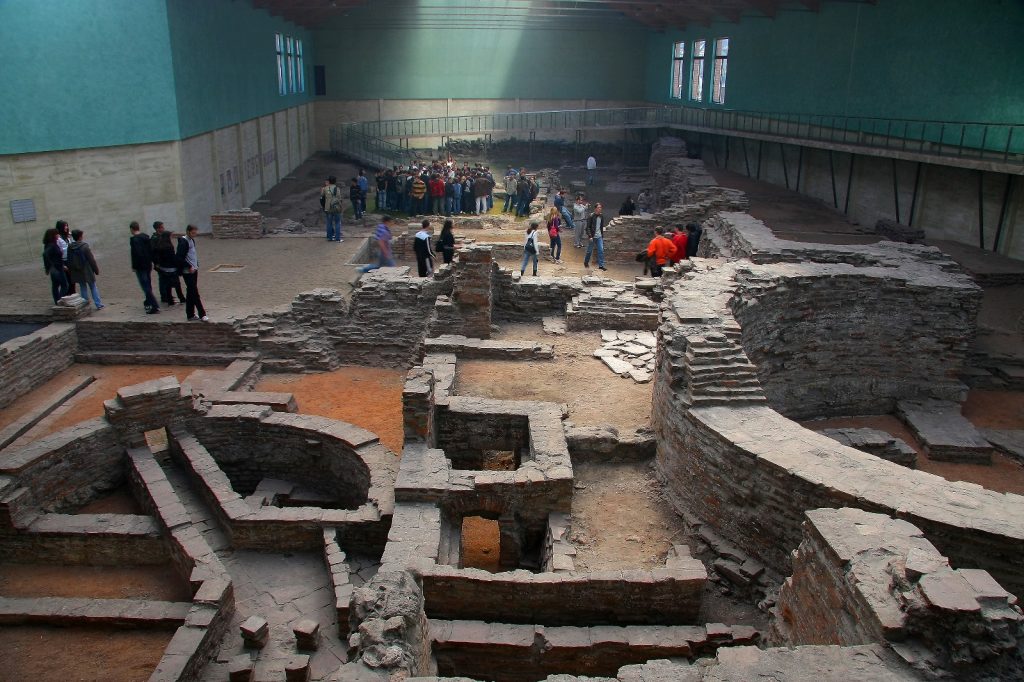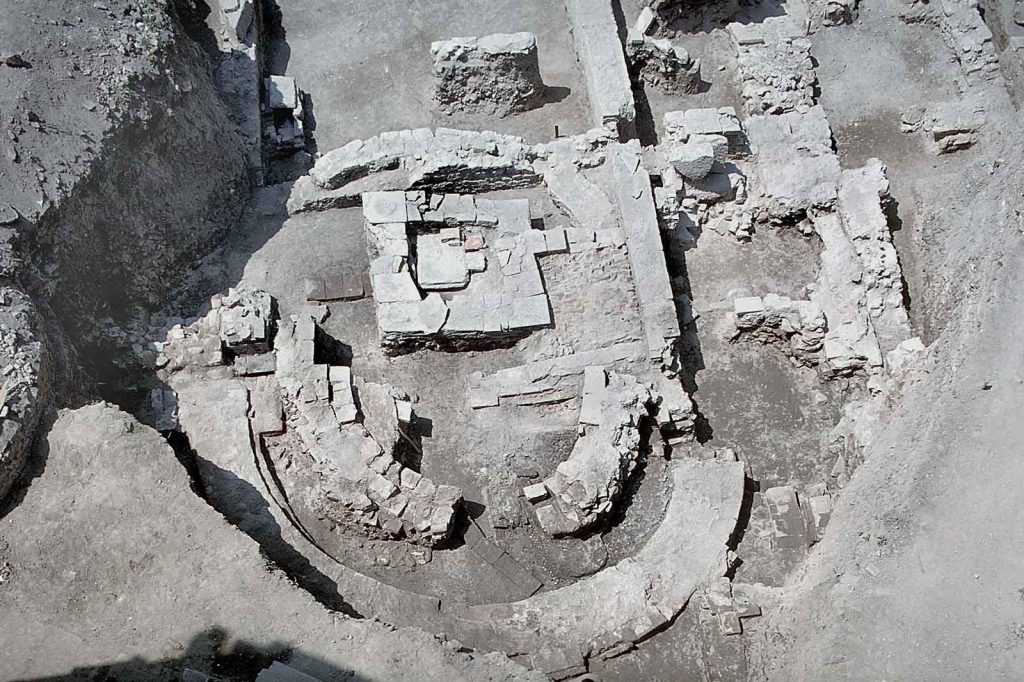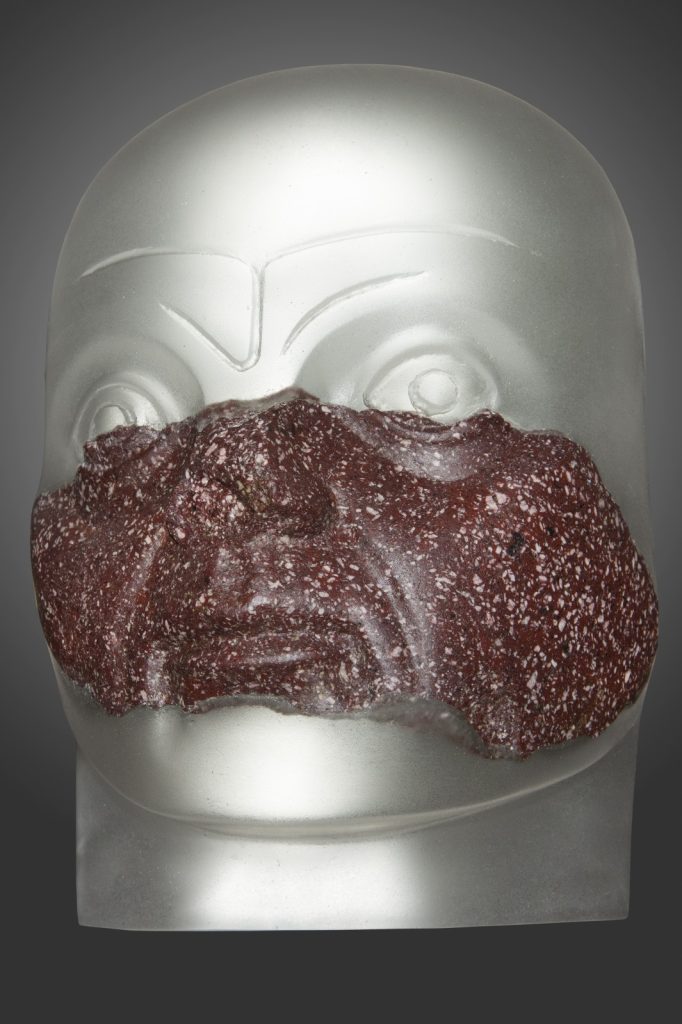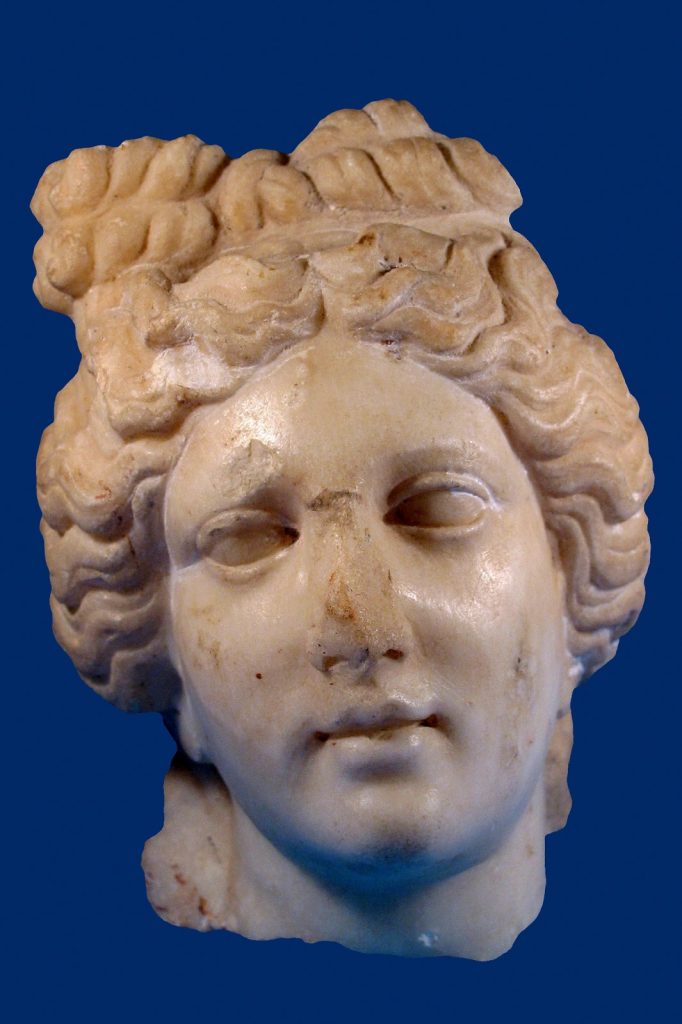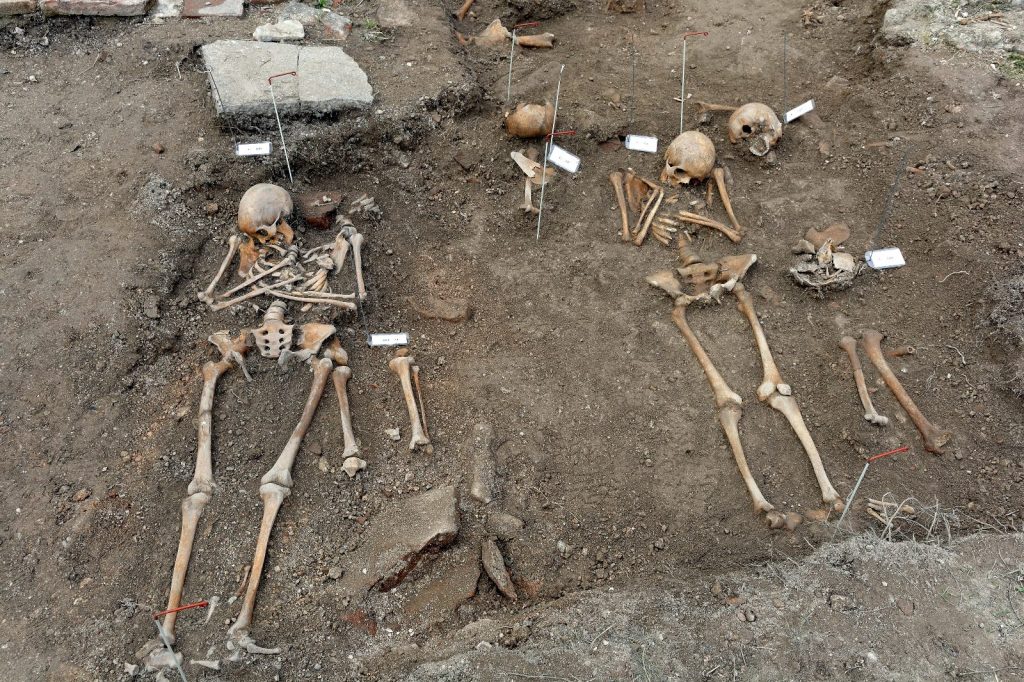
SIRMIUM – SREMSKA MITROVICA

Project name: Sirmium – Sremska Mitrovica
Project leader: Dr. Stefan Pop-Lazić
Collaborators: Dr. Bojan Popović
Institutions involved in the research process:
Institute of Archaeology, Belgrade
The remains of the Roman Sirmium are located below Sremska Mitrovica, a small city on the Sava river, about 70 km west of Belgrade. The Roman city was founded in the 1st century on the site of indigenous settlements. Sirmium became a Roman colony in 89, during the reign of Emperor Domitian. In the following period, it was the capital of the province of Lower Pannonia and at the beginning of the 4th century it became an important Christian centre. In the period of Late Antiquity, a large number of emperors resided for a shorter or longer period in the city, while Constantine the Great had one of his official residences there. The city was destroyed in 582 by the Avars. The remains of the imperial palace, the hippodrome, urban villas, granaries, thermae, early Christian basilicas, necropolises and the beneficiarius station along the north-western part of the city rampart have been partially explored.
The ancient city and capital of the Roman Empire during the 4th century, Sirmium, was built on the foundations of a late settlement by the Sava River in the 1st century AD. Sirmium received the status of colony very early, during the Flavian dynasty when it was named Colonia Flavia Sirmiensis. Systematic Investigations of the remains of the ancient city, which lie beneath the present-day city of Sremska Mitrovica, began in 1957, and have so far included the excavation of 90 that investigated larger urban units. Based on the positions of the city ramparts discovered so far, it can be concluded that the inner city core covered an area of 66 hectares. The positions of the main urban areas – the settlement part, workshops, and cemeteries were determined by the route of the main communication on the road from Siscia to Singidunum, as well as the positions of the larger marshes that encompassed the city from the west, north, and east, as well as the Čikas stream in the east. The northern part of the city with the layout of blocks and streets intersecting at right angles is typical of Roman colonies based on the Hippodamus principle, while the southern part of the city shows a change that occurred after the construction of the Imperial palace and its elements. First of all, the position of the hippodrome, oriented in the northeast-southwest direction, conditioned the positioning of buildings in the central and southwestern parts of the city. Over the decades, various buildings within the imperial palatial complex on an area of over 6 hectares have been explored. The interior decoration highlights the residential building in the southeastern part (loc. 1a) and the polygonal building in the central part (loc. 85), while three buildings were discovered in the southwestern part of the complex whose rooms were used for storage, workshop activities and army accommodation (loc. 31). ). One of the most luxurious buildings in Sirmium is a large villa built at the beginning of the 4th century on the eastern edge of Sirmium, opposite the hippodrome (loc. 4, 35). It features a large peristyle decorated with different types of precious stones from the Mediterranean (porphyry, breccia, and marble). Large construction projects concentrated on the area of the palatial complex during the beginning of the 4th century also included the central part of the city where the large horreum (town granary Loc. 30) and the town baths (loc. 29) were built. It is assumed that these are the remains of the thermal baths that are mentioned in an epigraphic source that states that they were built by Emperor Licinius. Water for the public bath was made possible by the construction of an aqueduct that brought water from the Vranjaš spring on Fruška Gora. The route of the aqueduct has been established in several places in the northern part of the city, however, its still visible remains were destroyed at the beginning of the 20th century in order to obtain building materials for the construction of the road.
In addition to large public buildings, luxurious interior decorations were also recorded in city villas that were discovered in the southwestern part of the city at sites 14, 49, 72, and 75. The characteristic of private luxury villas is the mosaic decorations on the floors of the larger tricliniums – reception rooms and frescoes and stucco decorations on the walls and ceilings. Shops and storage were arranged behind porticos and larger streets that were discovered at sites 28, 36, and 57. As a large city at the crossroads of the main communications, Sirmium had a beneficiary (customs) station that was discovered at the end of the 80s of the XX century. Numerous dedications of beneficiaries and military officers from different legions were discovered in it. The most numerous are the dedications of soldiers from the II Adjutrix legion, whose permanent seat was in Aquincum (today’s Budapest), but also from the IV Flavian legions (Singidunum – Belgrade) and X Gemina (Vindobona – Vienna). The presence of the Roman army in Sirmium is also evidenced by the inscription of the XIII Gemina legion discovered near the northern rampart, which testifies that this legion participated in the construction of the 100-foot-long (about 30 meters) rampart. There are some opinions that before it became a colony, Sirmium was a legionary camp, which would be indicated by the discovery of an early northern rampart made as a palisade of stakes, as well as a defensive ditch in front of it, however, early Roman colonies of the 1st century also have these features, so confirmation for such an assumption should be sought in the eventual existence of architecture characteristic of early legionary camps of the 1st century – wooden legionary barracks.
Academician Vladislav Popović had a decisive influence on the current knowledge about Sirmium as a manager and long-term researcher. In cooperation with his colleagues Dr. Peter Milošević from the Museum of Srem, Dragan Popović from the Institute for the Protection of Cultural Monuments of Sremska Mitrovica, Mr. Ana Premk and Dr. Miroslav Jeremić from the Archaeological Institute, he established a research methodology and an analytical system of documentation, which are based on a synthetic overview of the findings within their positions in space. He also established the principle of cooperation with various world institutions, and this cooperation gave birth to the serial publication Sirmium, of which 9 volumes have been published so far.
Selected Bibliography:
Sirmium I. Археолошка истраживања у Срему / Archaeological Investigations in Syrmian Pannonia (Редактор / Editor V. Popović), Beograd 1971.
Sirmium II. Археолошка истраживања у Срему / Archaeological Investigations in Syrmian Pannonia (Редактори / Editors V. Popović, Е. Ochenschlager), Beograd 1971.
Sirmium III. Археолошка истраживања у Срему / Archaeological Investigations in Syrmian Pannonia (Редактори / Editors V. Popović, Е. Ochenschlager), Beograd 1973.
Sirmium IV. Археолошка истраживања у Срему / Recherches archéologiques en Syrmie (Редактори / Editées par N. Duval, Е. Ochenschlager, V. Popović), Beograd 1982.
Sirmium XI. Археолошка истраживања у Срему / Recherches archéologiques en Syrmie (Редактор / Édité par V. Popović), Beograd 1980.
Sirmium XII. Археолошка истраживања у Срему / Recherches archéologiques en Syrmie (Редактор / Édité par V. Popović), Beograd 1980.
Sirmium VII. N. Duval, V. Popović, Horrea et thermes aux abords du rempart sud / Horea i terme uz južni bedem, Rome–Belgrade 1977.
Sirmium VIII. Études de numismatique danubienne. Trésors, lingots, imitations, monnaies de fouilles IVe au XIIe siècle / Studije iz numizmatike dunavskih provincija. Ostave, poluge, imitacije, pojedinačni nalazi od IV do XII veka (Redaktori / Éditées par N. Duval, V. Popović) Rome–Belgrade 1978.
Jeremić, M. 2008. Les temples payens de Sirmium. Starinar LVI (2006): 167–200.
Jeremić, M. 2009. The Sirmium Imperial Palace Complex, in Light of the Recent Archaeological Investigations, in Diocletian, Tetrarchy and Diocletian`s Palace on the 1700th Anniversary of Existence (International Conference, Split, September 2005. Eds. N. Cambi, J. Belamarić and T. Marasović), Split: 471–499.
Mirković, M. 2006. Sirmium. Istorija rimskog grada od I do kraja VI veka: Blago Sirmijuma: Sremska Mitrovica.
Popović, I. 2007. Sirmium. Residenzstadt der römischen Kaiser und Heilige Stätte der frühen Christen, in: Roms Erbe auf dem Balkan. Sp&¨tantike Kaiservillen und Stadtanlagen in Serbien (Hrsg. U. Brandl, M. Vasić), Mainz: 17–32.
Popović, I. 2008. Figuralno zidno slikarstvo Sirmijuma. Nastavak pompejanskog ili nastanak panonskog stila fresko dekoracije / Figural Wall Painting in Sirmium. Contuniation of Pompeian or Genesis of Pannonian Style of Fresco Decoration. Građa / Materials 9. Beograd.
Popović, I. 2008. Marble Sculptures from the Imperial Palace in Sirmium (pезиме: И. Поповић, Мермерне скулптуре из царске палате у Сирмијуму). Starinar LVI (2006): 153–166.
Поповић, В. 2003. Sirmium. Град царева и мученика (Сабрани радови о археологији и историји Сирмијума (редактори И. Поповић, А. Поповић, М. Јеремић). Благо Сирмијума 1: Сремска Митровица.

